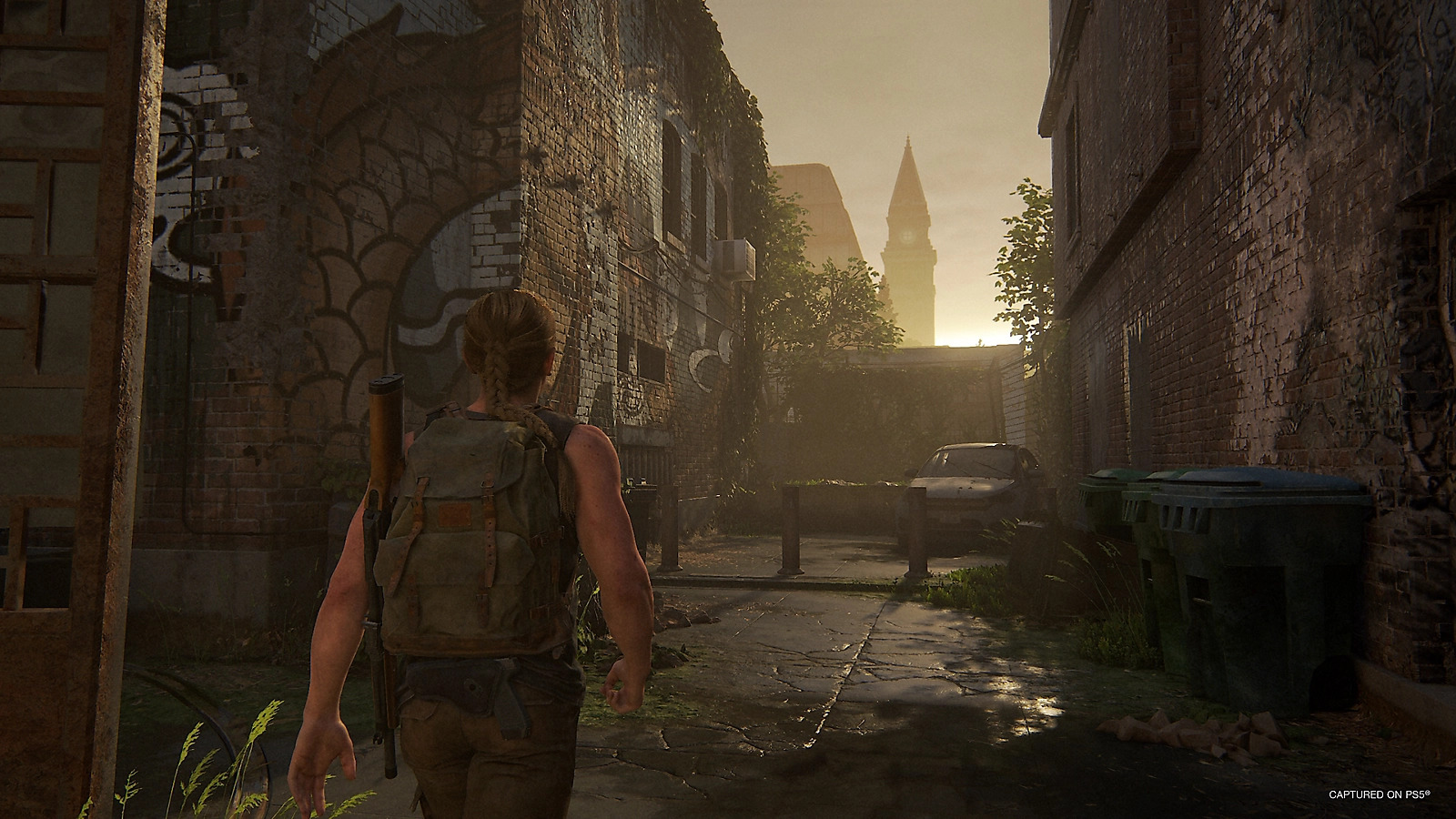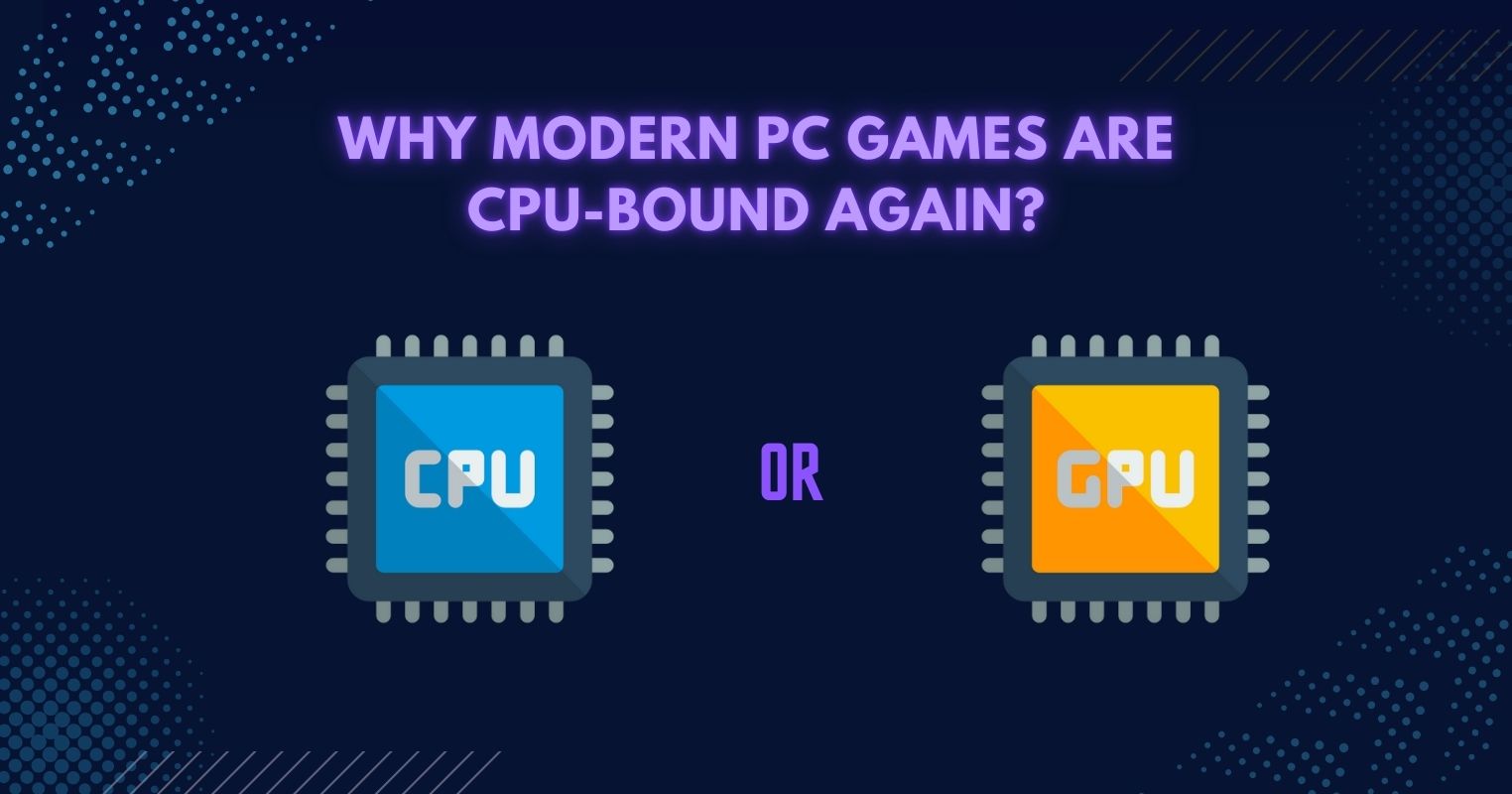-
Motion blur and depth of field often reduce visual clarity in fast-paced games.
-
Competitive players disable them to improve sharpness and reaction time.
- Disabling these can also help boost performance by lowering the strain on hardware.
When it comes to game development, developers have used visual effects such as motion blur and depth of field for ages to achieve cinematic realism. While these features can make a game seem more like a movie being played, in 2025, many gamers choose to keep them off. Whether it is for a competitive edge, better performance, or whatever, this goes to show how player preferences are evolving.
The Appeal vs Reality
Motion blur is basically the simulation of the streaking effect you see when objects move quickly in real life. Depth of field, on the other hand, blurs out part of the screen to mimic how a camera lens focuses on a subject, essentially serving as a sort of portrait mode in gaming. Both effects are great for cutscenes, trailers, and immersion.

However, when it comes to fast-paced shooter games, esports, or games that require a high refresh rate, these effects may become somewhat of a hindrance rather than a benefit. Many gamers have said that motion blur makes tracking enemies harder. They reported that fast-moving enemies appear as smears on the screen.
Similarly, gamers said that depth of field can make environments look less crisp, causing players to miss out on details that could’ve been beneficial. To improve their chances at a win, they have to turn off these effects.
Need For a Competitive Edge
One of the biggest reasons why gamers turn off DOF and motion blur is to gain a competitive advantage. In esports titles like Counter-Strike 2, Valorant, or Call of Duty, every millisecond could mean the difference between a win and a loss. Any visual effect that interferes with spotting an enemy or reaction time is seen as a liability.

Even pro players often recommend turning off these effects before starting a match. The trend has also reached casual players. With many players watching professional gameplay or guides on platforms such as Twitch or YouTube, guides often suggest disabling these effects. What started as a means to get a competitive edge has now become mainstream advice.
Performance Gain
Apart from improving clarity, turning off DOF and motion blur can also help improve game performance. These effects put strain on the GPU, especially in titles that demand good graphics. High-end builds with RTX 3060 and above can handle them easily; however, midrange builds may falter. Mid-range PC gamers can significantly benefit more from the extra frames attained from turning these effects off.
For gamers playing on old hardware or those trying to maximize frame rates on a 144Hz or 240Hz monitor, every performance boost counts. Even if the difference isn’t that much, smoother gameplay often outweighs visuals.
High Refresh Rate Gaming
Another reason why gamers may turn off these effects is the widespread adoption of high refresh rate monitors. At 144Hz, 20Hz, or even 360Hz, motion clarity is already significantly good. Motion blur in these cases only reduces the crispness of fast movements in games.

Similarly, depth of field is less necessary when games are displayed on a larger, high-resolution screen. With the monitors already delivering such an amazing experience, gamers do not want artificial blur ruining their gaming experience.
Developers are Noticing
Developers are beginning to recognize this trend. Modern games are now being shipped with DOF and motion blur turned off by default or dialed down significantly. Some games now even allow players to fine-tune these effects rather than having an all-or-nothing scenario.

Interestingly, some developers are also using friendlier, more performance-friendly versions of these effects as well. Rather than heavy cinematic blur, games are now making use of per-object motion blur that only affects certain animations or weapons, keeping the rest of the gameplay sharp.
Not Everyone Dislikes Them
It’s an important point to note that not all gamers dislike these effects. Casual gamers who prioritize immersion or enjoy a single-player cinematic experience often leave these effects enabled. In games like The Last of Us or Red Dead Redemption 2, these effects often make the game seem as if it were a movie, fitting the slower pacing.
Final Thoughts
It all depends on what you want as a player. Do you want a cinematic movie-like experience, or do you care more about sharpness and responsiveness? As technology continues to advance, developers are likely to give players even more control over these effects.
Thank you! Please share your positive feedback. 🔋
How could we improve this post? Please Help us. 😔
Moiz Banoori, with a decade of experience in gaming and tech journalism and a degree in journalism, is a notable figure in the industry. He has contributed to various esteemed platforms, showcasing his expertise in both reporting and opinion writing.




